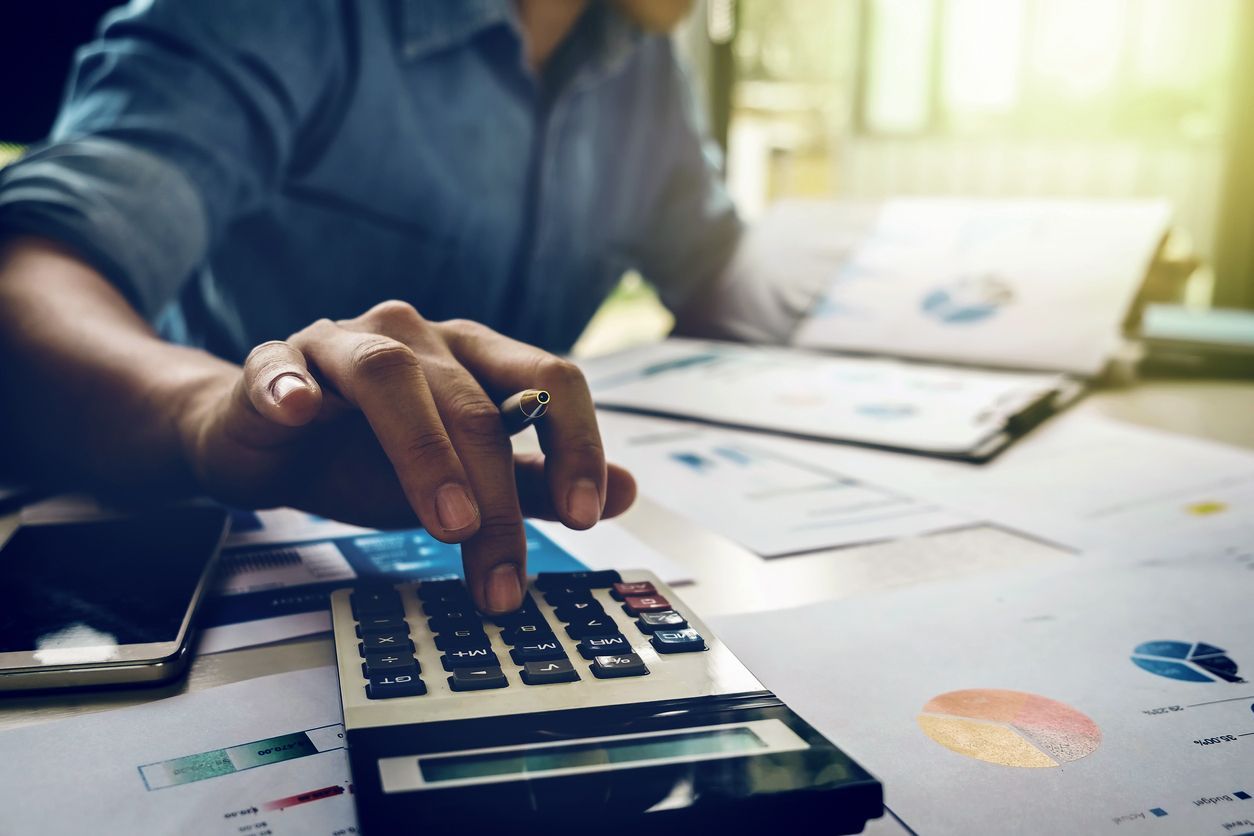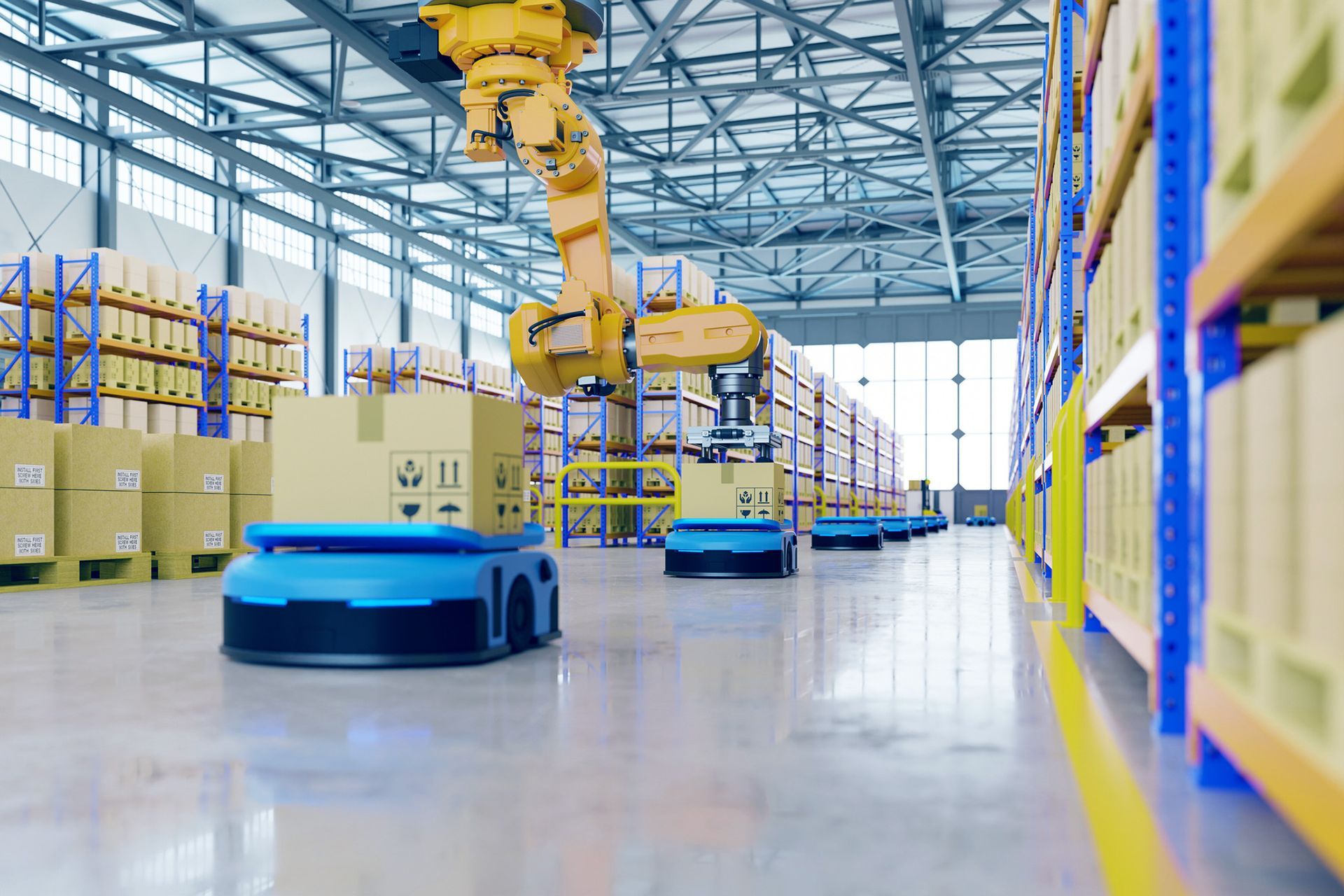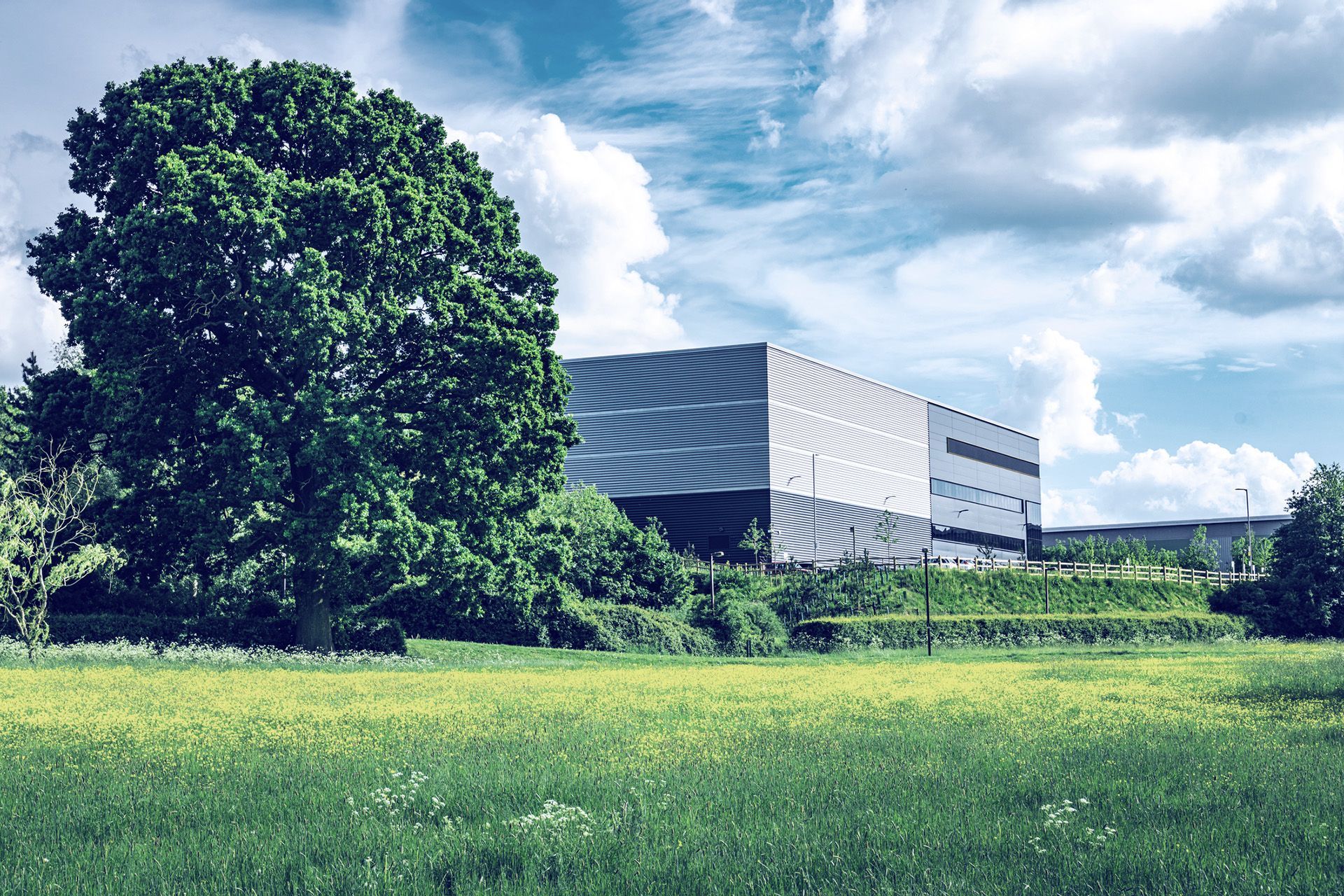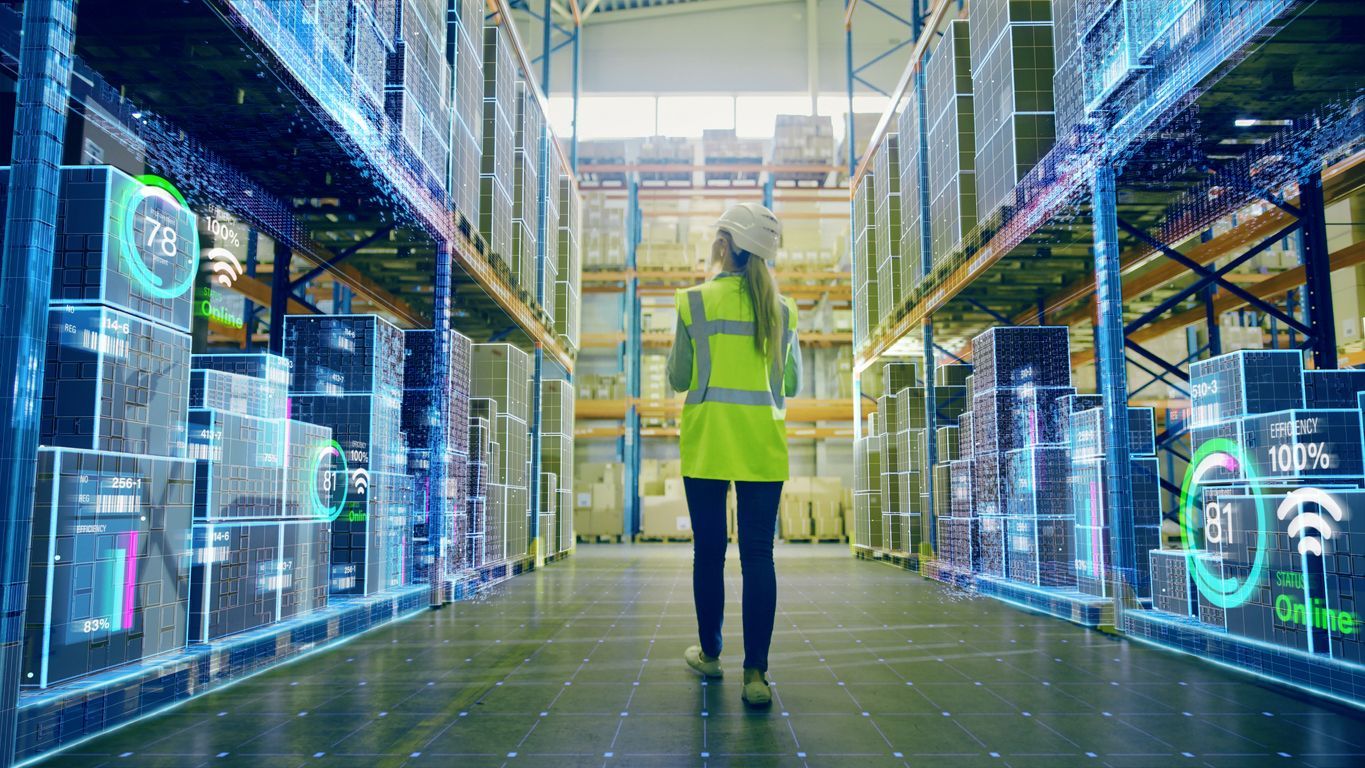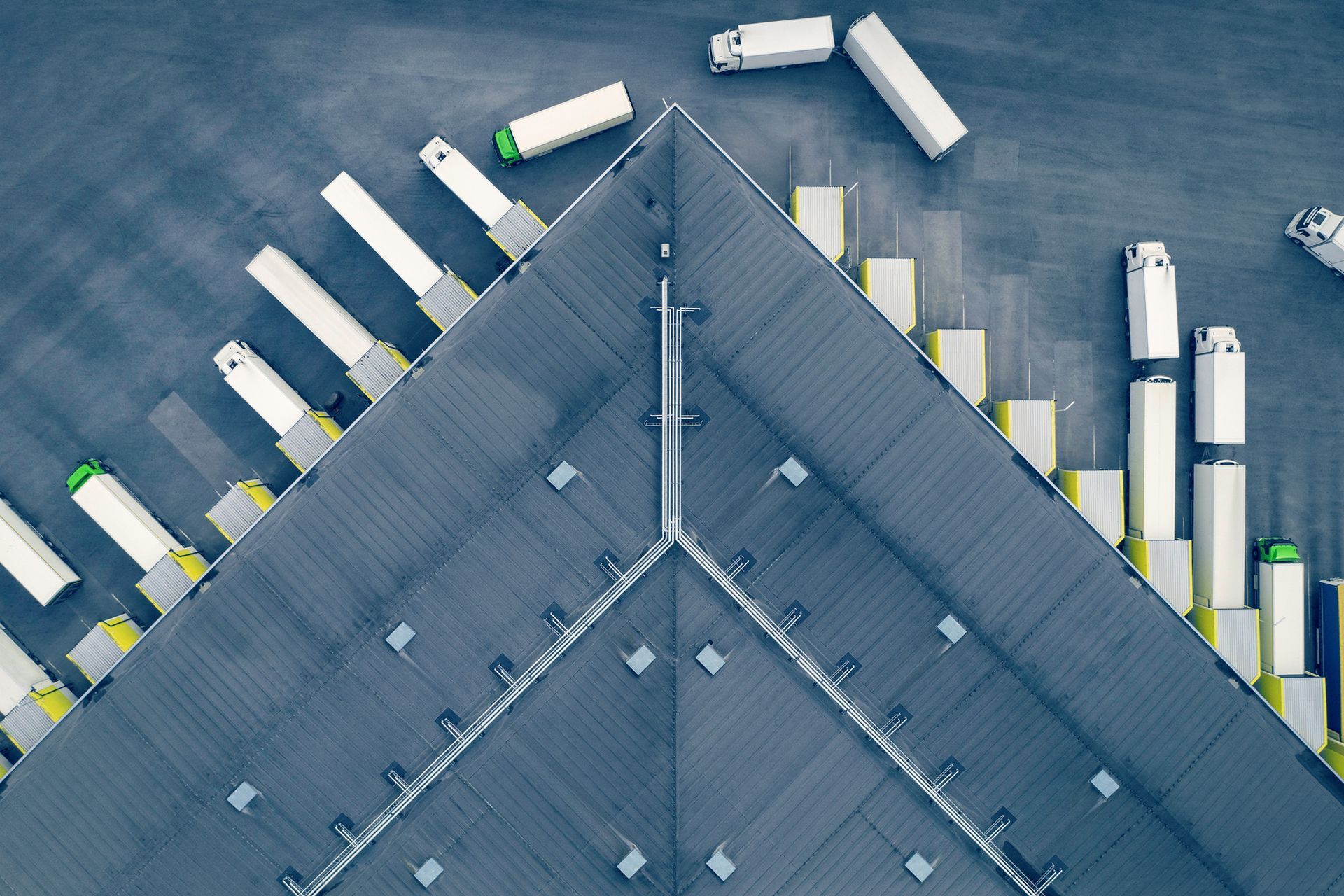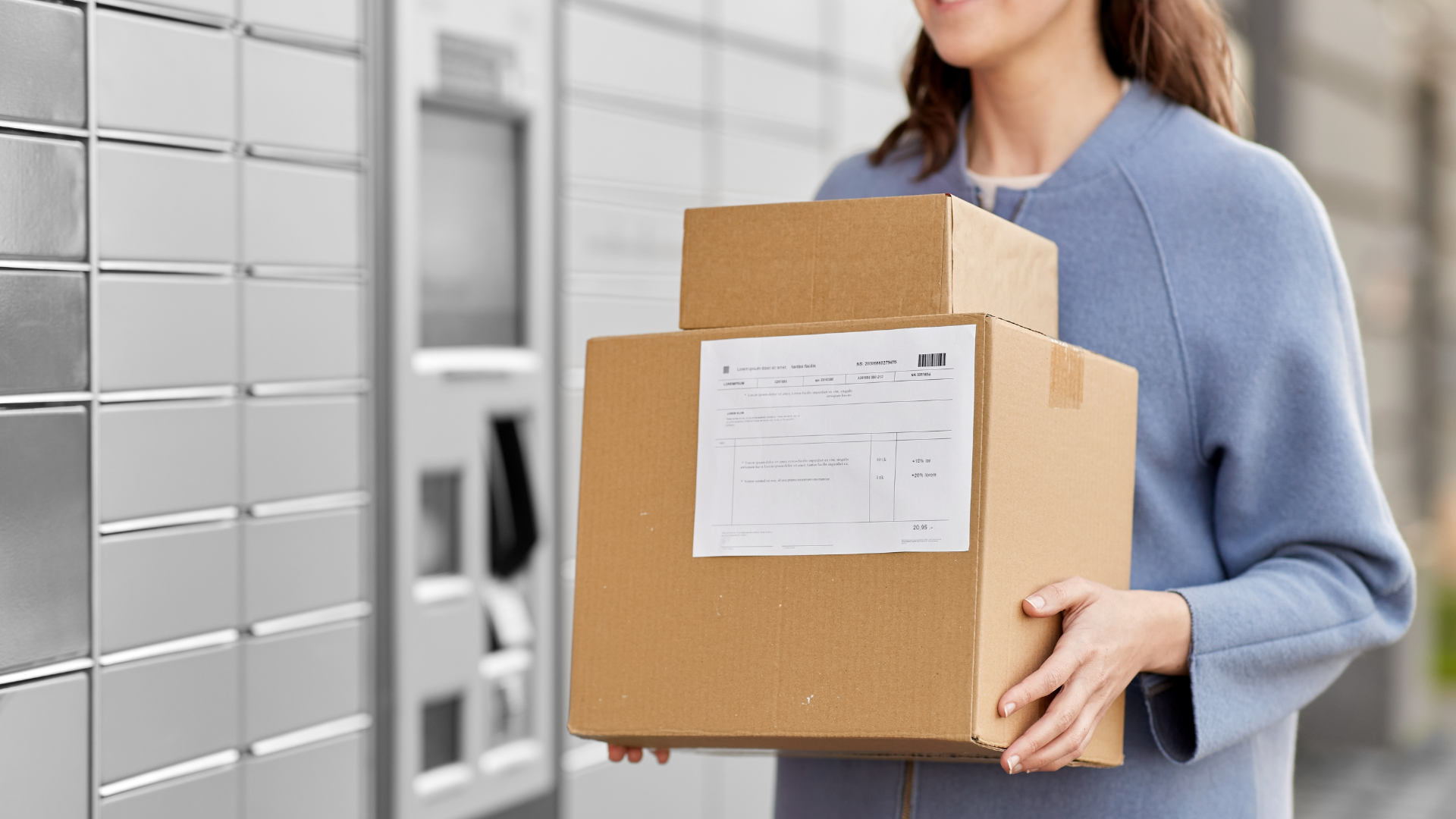TOPICS
Here you will find the latest
news to our core issues.
TECHNICAL BUILDING EQUIPMENT
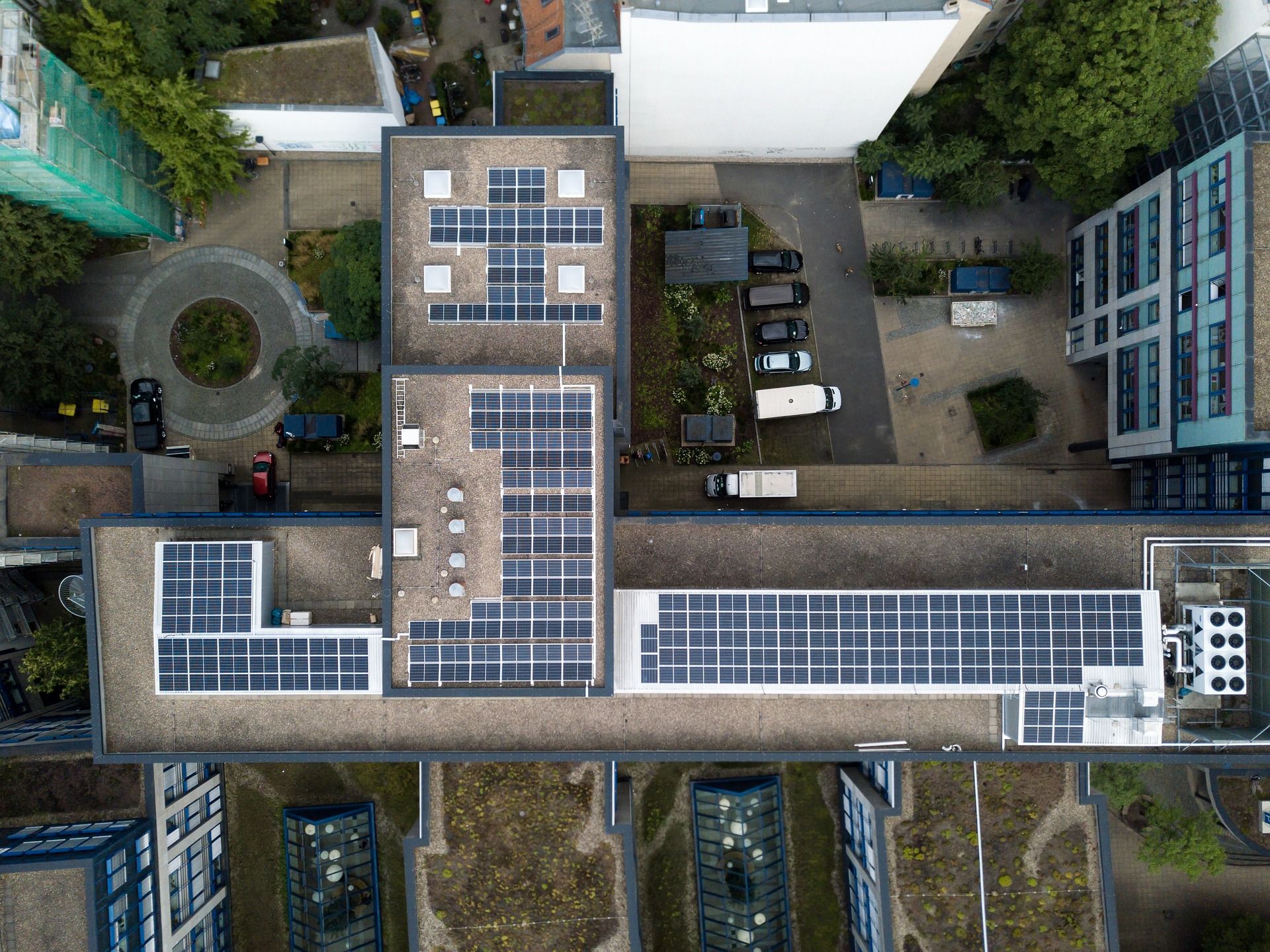
Anyone who thinks of solar energy often associates it with solar power. But not only green electricity can be generated with the help of the power of the sun. Solar collectors also make a major contribution to the positive climate balance when it comes to heating and hot water - solar thermal is the buzzword here. For this, tube collectors are used, inside which there are tubes with a special solar fluid that converts solar energy into thermal energy. More than 90 percent of the sun's rays can penetrate the solar glass and reach the heat-conducting metal sheets underneath; this is how the carrier medium heats up. This heated solar fluid is then piped to a heat exchanger, which can then heat water for heating or regular consumption. After the "heat transfer", the solar fluid is pumped back into the collector so that the cycle starts all over again. These heat collectors, known as flat collectors, make up almost 90 percent of the collectors installed in Germany.
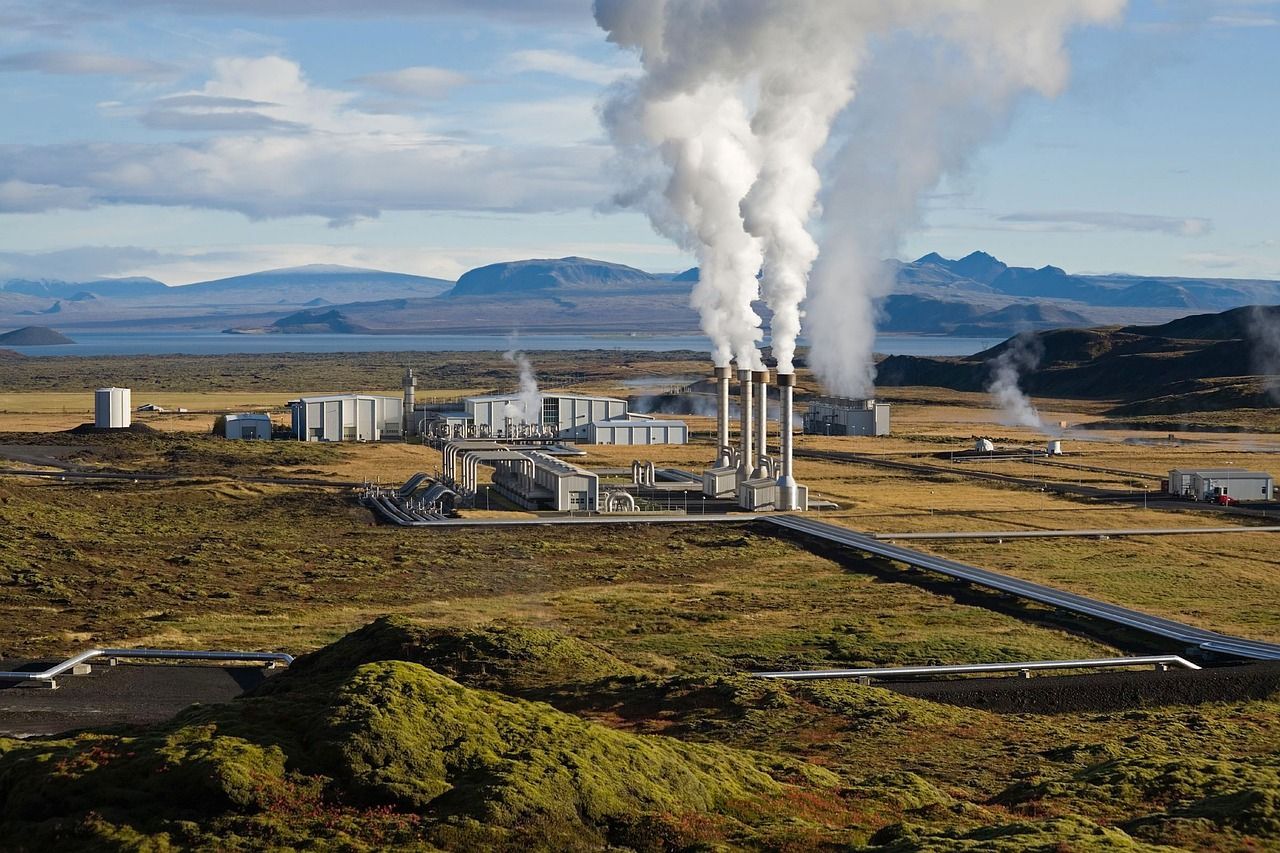
In the construction of logistics properties, the focus is increasingly on the question of sustainability. How can the building be built as energy self-sufficient and resource-saving as possible and then used? A climate concept based on geothermal energy is a suitable solution for an environmentally conscious and sustainable energy supply.
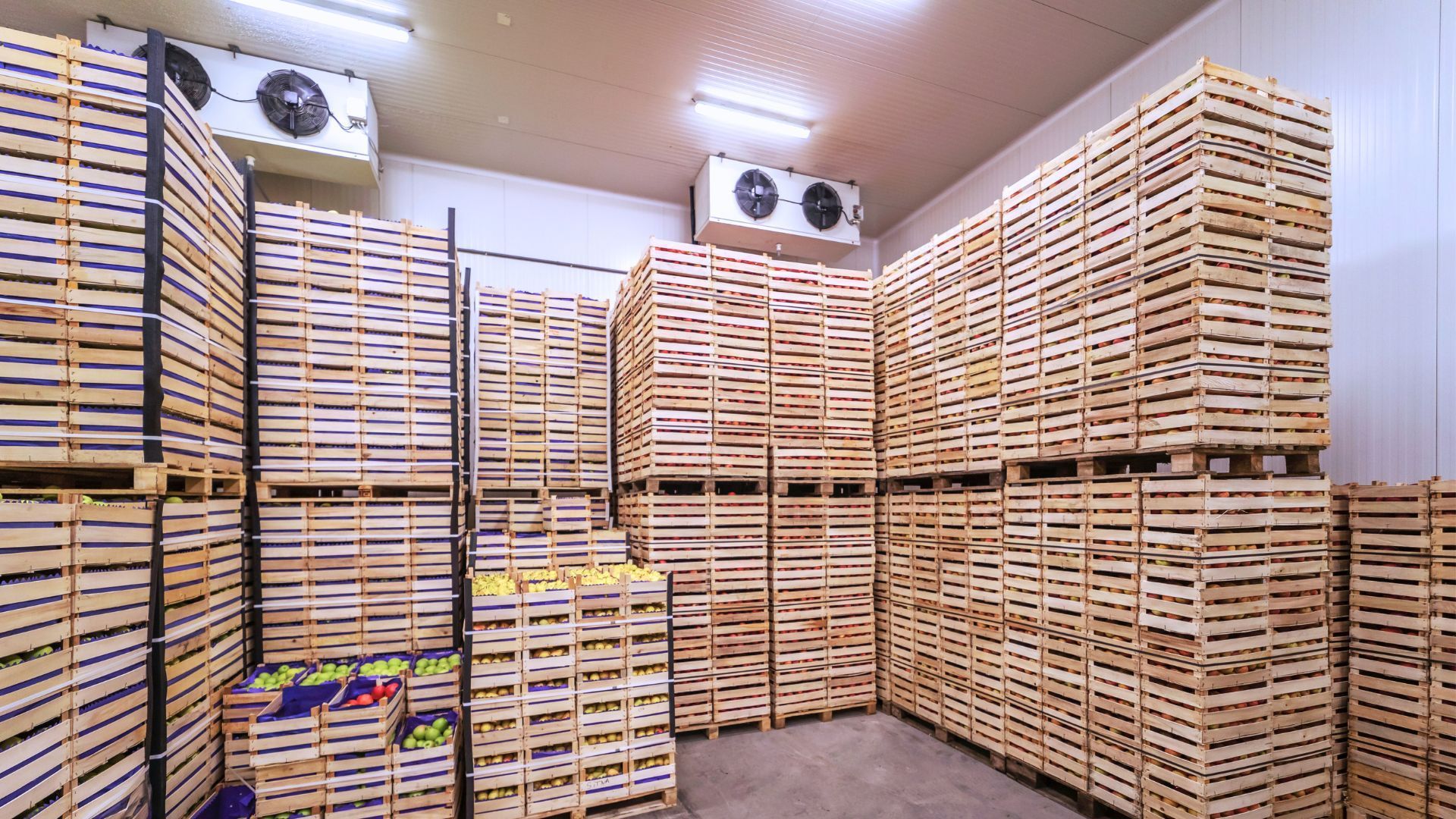
Some goods require constant cool storage in order to be able to guarantee security of supply. This includes not only perishable foods, but also sensitive medicines. In addition to consistently cool storage and goods handling, there are also cold stores that freeze and freeze the goods to be stored, which is why temperatures of down to -48 °C have to be generated. The rise in temperature in summer therefore always poses a challenge for logistics companies that have refrigerated warehouses, as a particularly large amount of energy is required at this time. But which energy generation methods can be used to compensate for this increased energy requirement in the most climate-friendly way possible?
REAL ESTATE
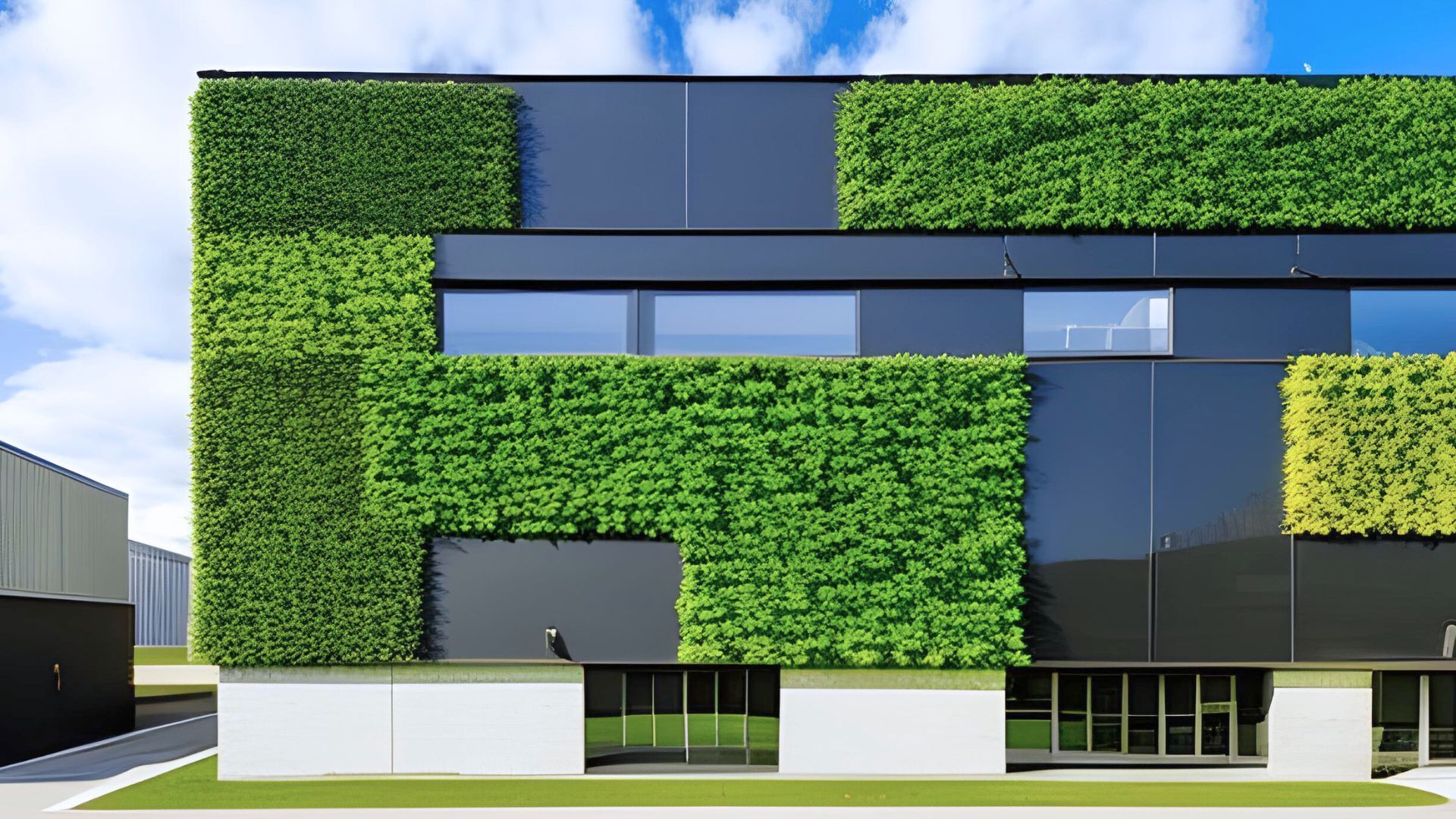
When you think of logistics real estate, the first thing that probably springs to mind are big, clunky buildings. Logistics real estate has a reputation for not being particularly conducive to a beautiful landscape. In many places they stand out as a gray block in their surroundings, which makes them not particularly popular with people from the region. But there is another way, because modern architecture enables an attractive and at the same time sustainable design.
ECONOMY & LOGISTICS REGIONS
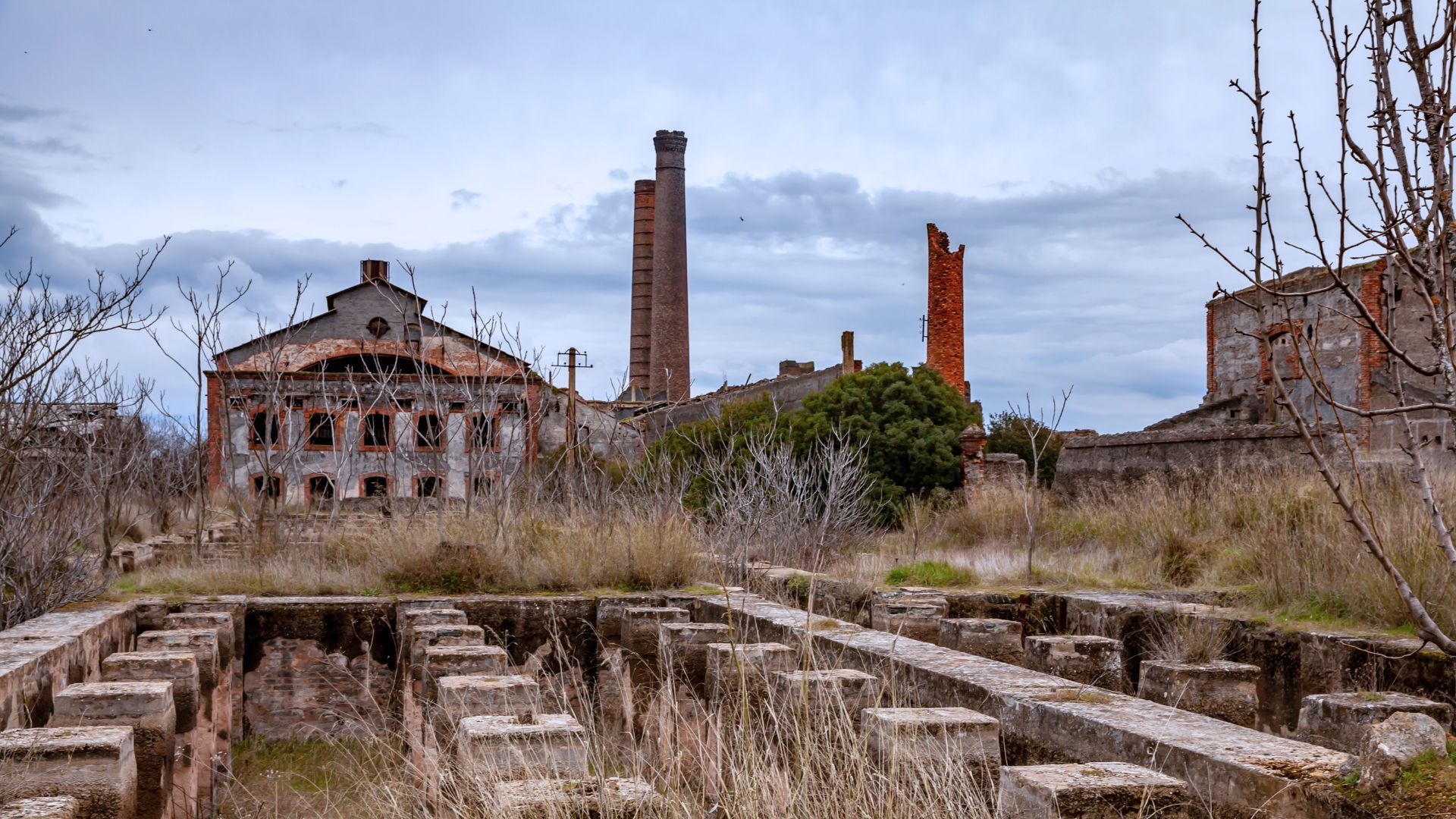
Logistics real estate is one of the most sought-after construction projects in the real estate industry. In 2022, around 5.1 million square meters in Germany were developed with logistics properties. But in view of the high demand for space, it is becoming increasingly difficult to find suitable building space. The lack of building plots that are still natural and undeveloped is driving prices higher and higher. These so-called greenfields have so far been preferred by construction companies, but they are expensive and the development ensures that more and more natural areas are sealed. One way to meet the increasing need for space is to revitalize and use brownfields. This is an area that has already been sealed and where other industrial buildings previously stood. Building construction on brownfields is not only sustainable, but also cheaper as land prices are usually lower than vacant land. Another advantage is the existing connection to the infrastructure, which, in contrast to building construction on greenfields, does not have to be set up first. The Ruhr area shows how it can be done: Numerous construction projects have been realized here on former industrial sites. A good example of this is the district of Rheinhausen in Duisburg. Large logistics centers were set up there on the site of a former steel mill. Thanks to the existing infrastructure, these are connected trimodally and have their own container terminals. In addition, more than 4,000 new jobs have been created at the site, about twice as many as the steel mill could offer. Another plus that speaks for the development of brownfields. Not only was the building built sustainably, but the acceptance in the region was also significantly increased through the creation of new jobs. As early as 2020, brownfields accounted for around 27% of the space for new logistics properties. Due to the increasing shortage of land, this upward trend is continuing. By 2050 at the latest, new construction projects should only be realized on brownfields – this is what the EU Commission intends. If you would like to find out more about the possibilities of using brownfields, then please visit BUILDINX! At the first business platform covering the entire value chain of innovative logistics and industrial real estate, you will find the right contact when it comes to choosing suitable building plots for your logistics real estate. With us you can network and realize your construction projects in cooperation with other companies. Autor: Verena Zieringer
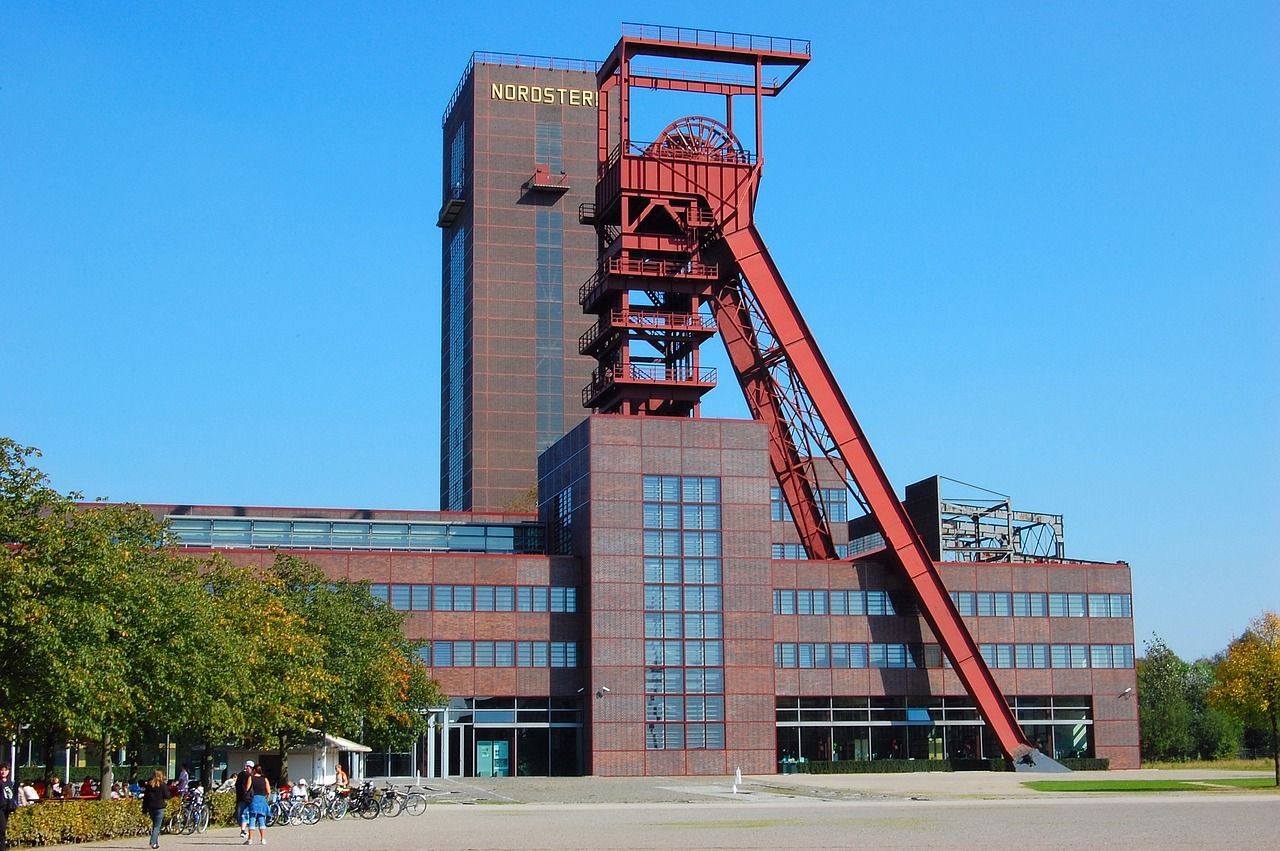
Where clouds of smoke used to characterize the cityscape, there are now green parks. Anyone who speaks of successful regional structural change cannot ignore the example of the Ruhr area. The only reminders of the mining past are the facilities in the region that have been converted into museums and parks. Most people here have been working in the service sector for a long time.
FINANCING & INVESTMENT

Logistics real estate makes up the second largest part of construction projects on the German real estate market. In 2022, total investments in logistics real estate exceeded ten billion euros for the first time. Investors have never provided so much for the logistics real estate market in Germany in the past, although this was also affected by the current financial market-driven uncertainties in 2022. In the asset class ranking, logistics real estate makes up around 19% of the commercial investment market. This puts them in second place behind the office sector with 41%, but still two percentage points ahead of the retail sector. Investors see great security in logistics real estate, since logistics, as Germany's third-largest economic sector, is an important part of the global economy even in times of crisis. In a survey of asset managers by the real estate investment company JLL, these logistics properties were rated as the most attractive asset class in terms of risk-return ratio. The logistics region in which most investments were made in 2022 is Berlin. This accounted for around EUR 512 million of the total volume of investments. In second place is Frankfurt with 401 million euros and in third place is Munich, where 301 million euros of investments were made. The record could be broken again this year. Demand for new logistics real estate remains high and according to the JLL survey, 42% of 145 asset managers said they plan to invest more in 2023 than in the previous year. While most investments in logistics real estate have so far come from international investors, the situation changed by the end of 2022: just over 50% of all investments came from German investors. Thus, around 5.2 billion euros of the total logistics property investment volume in 2022 came from Germany. Would you like to find out more about financing and logistics real estate? Then you have the ideal opportunity at BUILDINX, the first business platform covering the entire value chain of innovative logistics and industrial real estate. There you have the opportunity to find out about financing options for your logistics real estate and to network with investors. Autor: Verena Zieringer
NEW CONSTRUCTION & RENOVATION
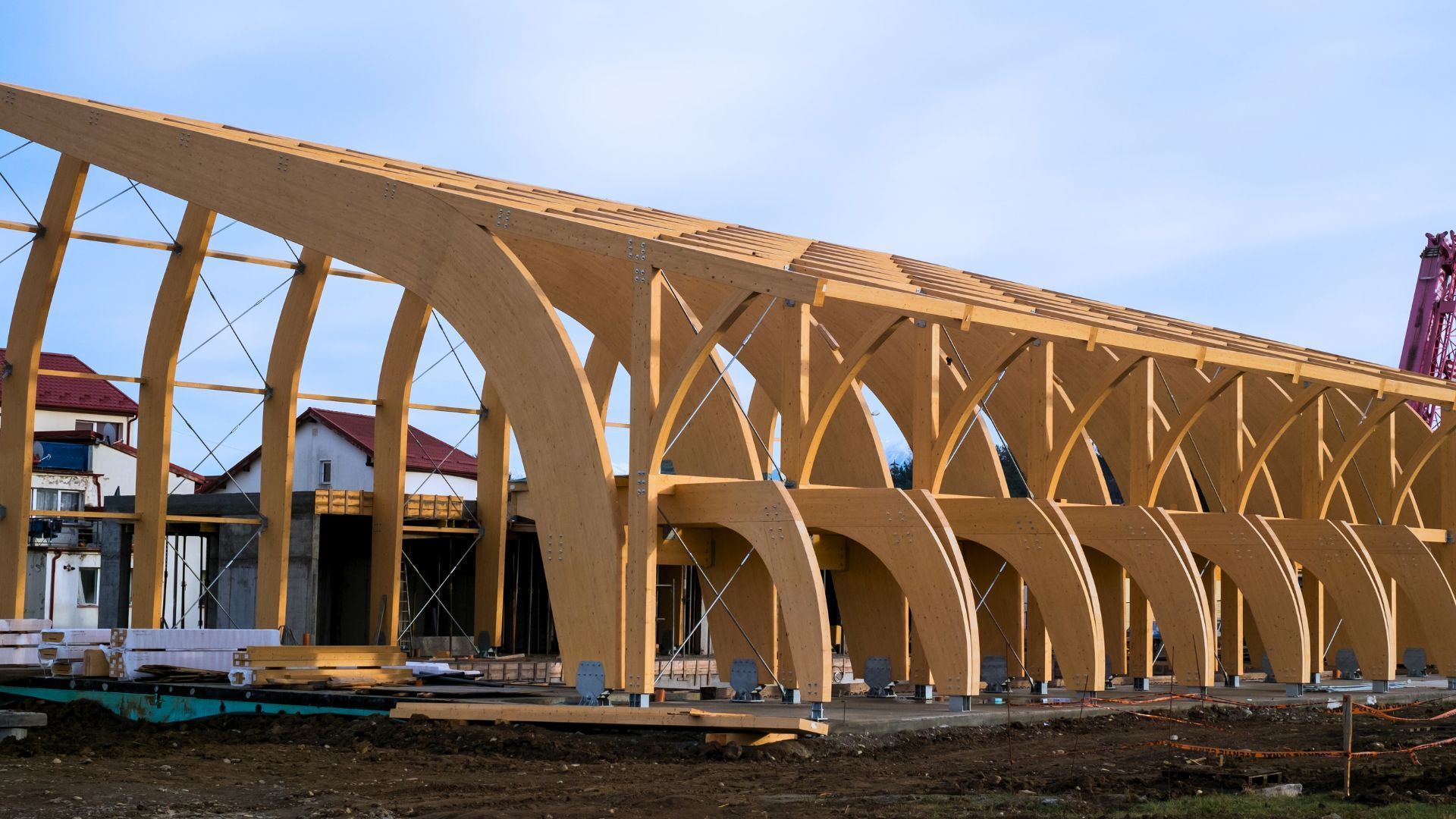
Many of the resources required by industry are only available in limited amounts on Earth. From the point of view of the scarcity of resources, a change in the use of building materials based on renewable resources must also take place in the construction of new buildings. A modern building material that is being used more and more frequently in this context is glued laminated timber. This is made of several layers of wood, creating a particularly stable base. Furthermore, glued laminated timber has a low CO2 footprint compared to other building materials.
Institutionen & Medien
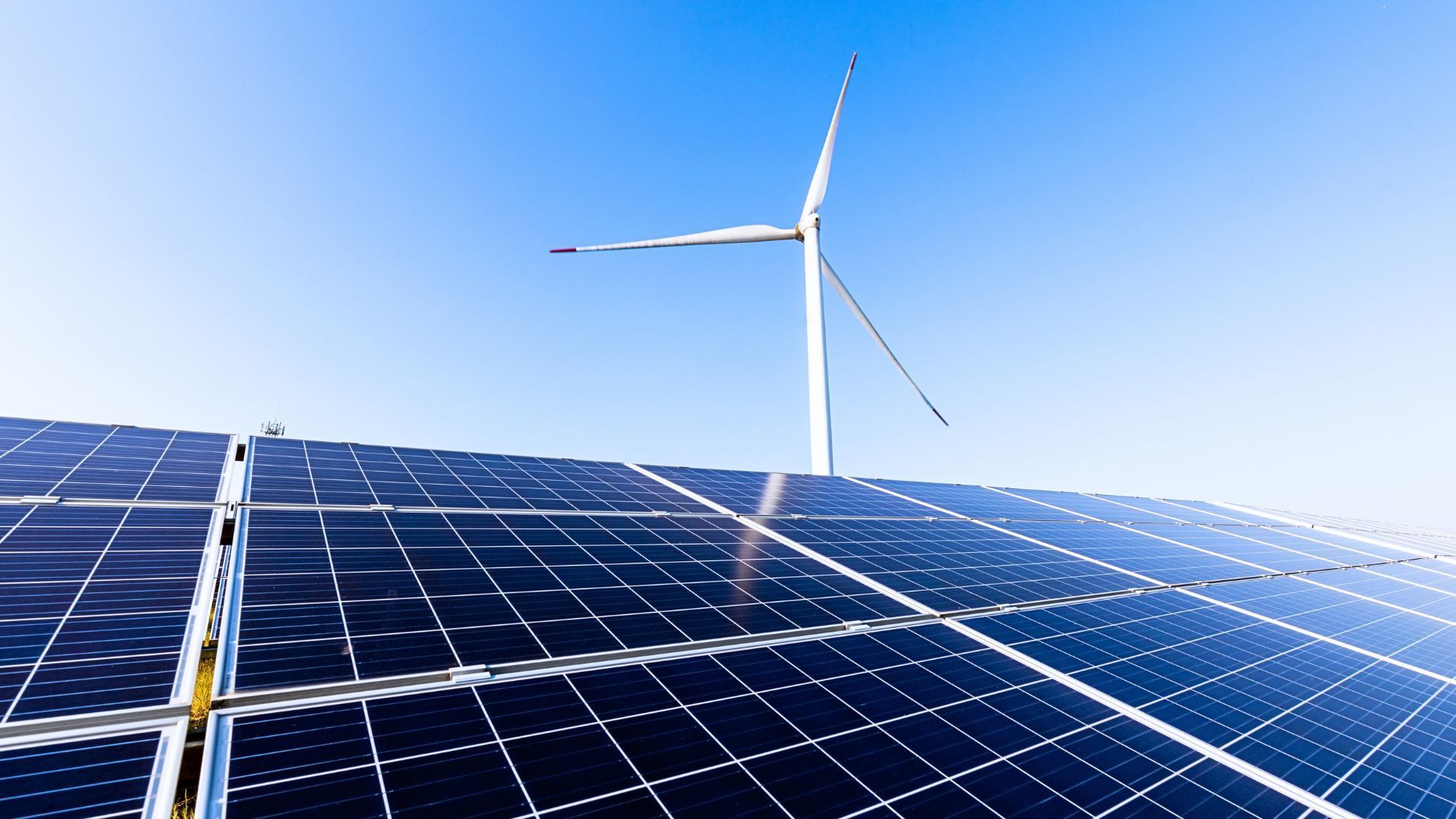
Environmentally friendly energy production is becoming increasingly important in view of climate change. In the area of industry and business in particular, there is a lot going on to put climate-friendly concepts into practice. An example of this are photovoltaic systems on the roofs of industrial and logistics buildings. Even though more and more companies are using this type of power generation for themselves, there is still a lot of untapped potential in this area. Making this visible - this is what the "Power of Logistics" initiative of the Bundesvereinigung Logistik e.V. is committed to.





